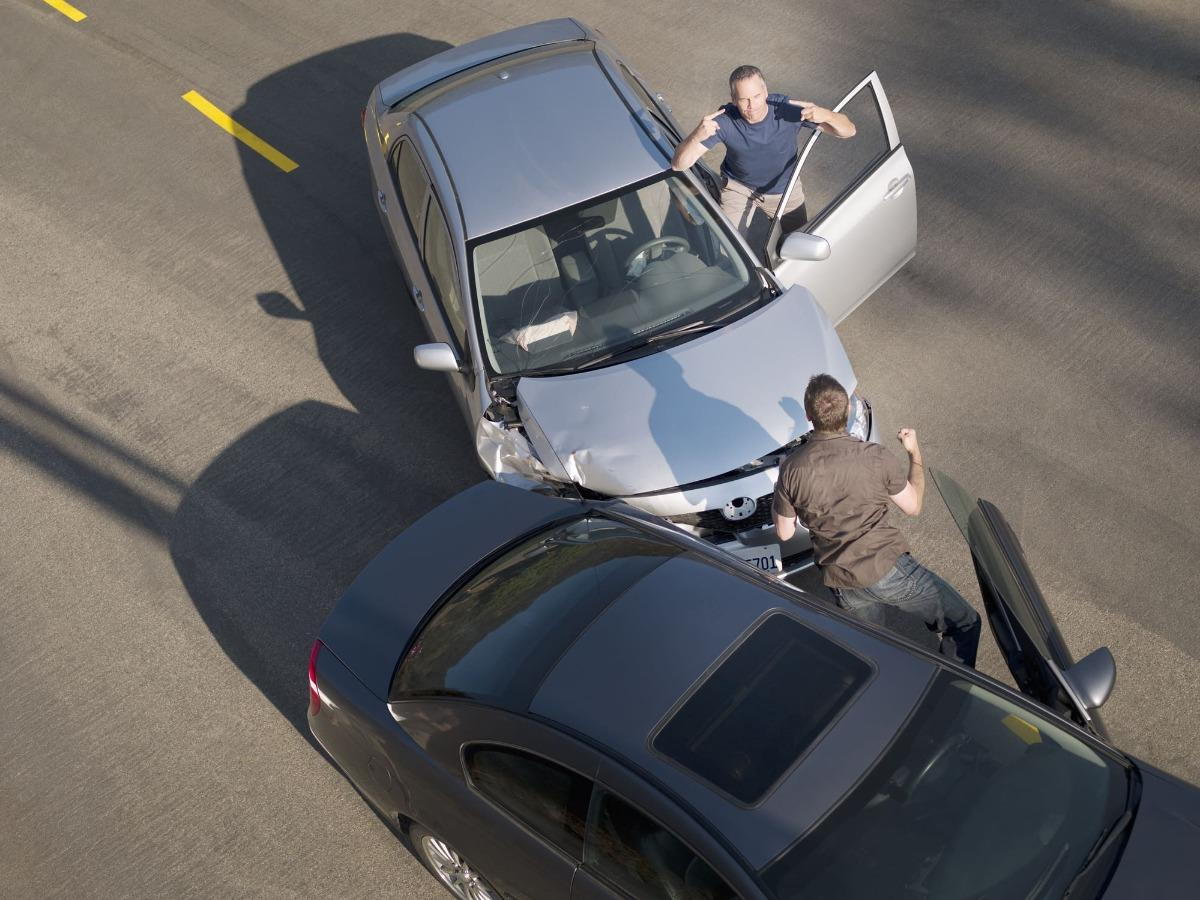
- posted: Oct. 12, 2023
- Personal Injury
Every year, hundreds of thousands of traffic accidents occur across the nation, resulting in physical injuries, property damage and other losses. Connecticut is among the majority of states that requires an injured party to prove fault on the part of another driver in order to recover monetary compensation. This usually means showing that the other driver was negligent — that is, they failed to exercise reasonable care under the circumstances.
Traffic accidents are not always caused by just one party’s negligence. Two or more people may be at fault. In Connecticut, it’s important to prove not only that another driver was primarily at fault but also that the victim was not. This is because state law applies a modified comparative negligence rule, under which anyone found to be more than 50 percent at fault cannot recover damages from any other party. So an injured victim must prove that at least 50 percent of fault for the accident falls upon other parties.
Fault, or lack of fault, can be proved through multiple types of evidence, such as the following:
- Vehicle damage — The location of an impact or abrasion on a vehicle can provide information about how the accident occurred. For example, if a dent, puncture or scrape is visible on one vehicle’s side door or rear fender, and if a second vehicle’s front fender or bumper shows damage, it is likely the second driver was primarily negligent.
- Photographs — Digital photos taken at the scene generally can provide high-resolution images that can be used in accident reconstruction. What’s more, these images preserve vital information, since the vehicles will be moved and the scene cleared after the accident.
- Videos — Surveillance cameras now are commonly installed on public property (roadsides, traffic signals and government buildings) and on homes and businesses. Many people also have dashboard cameras in their vehicles. Video footage of the accident might therefore be available.
- Witness statements— People who either saw or were involved in an accident can make statements, ideally shortly after the accident occurred, that might be used in pursuing a claim.
- Police reports— The police officers responding to a 911 call file a detailed public report containing valuable information, including their assessment of how the accident occurred.
- Medical reports— Sometimes an accident was a result of a driver being intoxicated or drug-impaired. Medical reports may reveal intoxication or another condition that is relevant to the driver’s fitness. These may be accessed during the discovery process in a personal injury claim.
- Phone records— Distracted driving due to cellphone use is a major issue nationwide. Phone records may be used as evidence that a driver wasn’t paying attention to the road at the time of the accident.
The O’Neil Law Firm in Hartford, Connecticut is a full-service personal injury law firm representing clients throughout Hartford, Middlesex and Tolland counties. If you or a loved one has been in an auto accident, contact us online or call 866-418-7593 for a free initial consultation.



